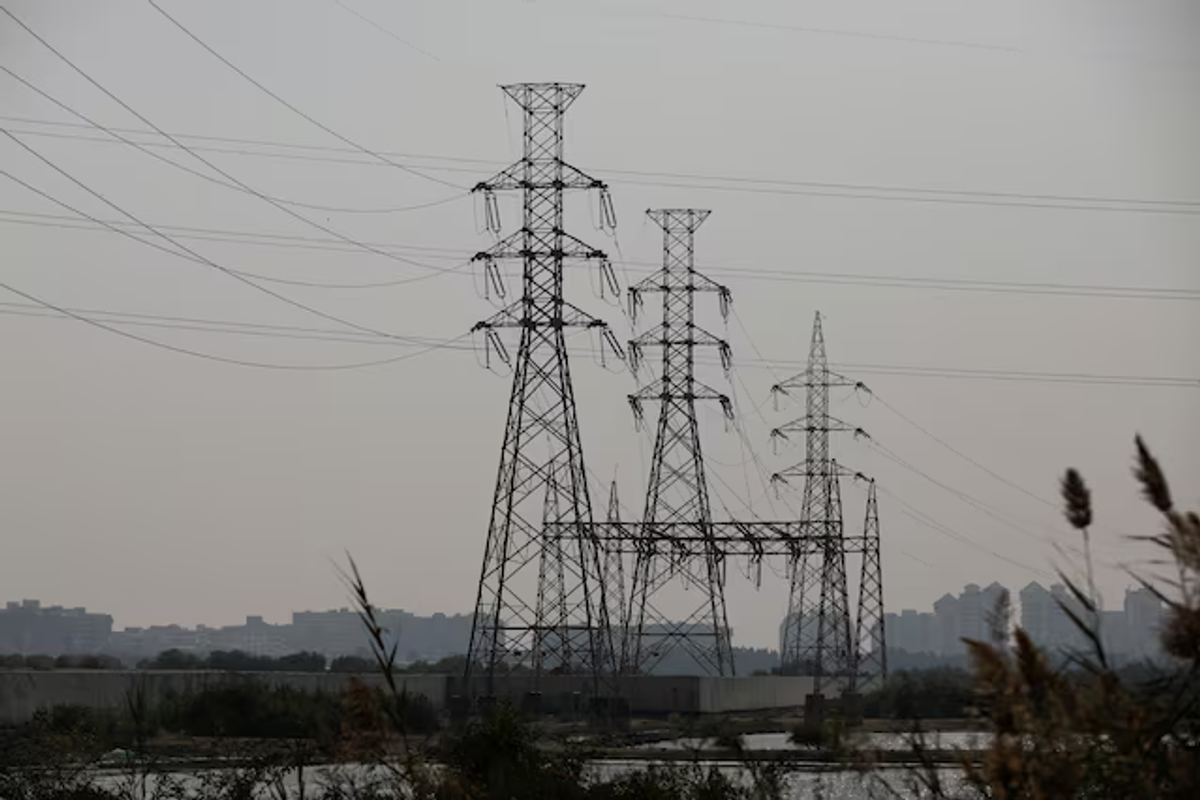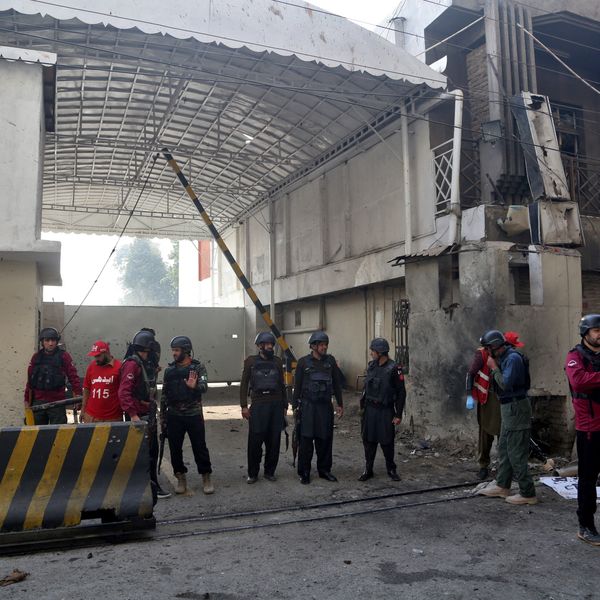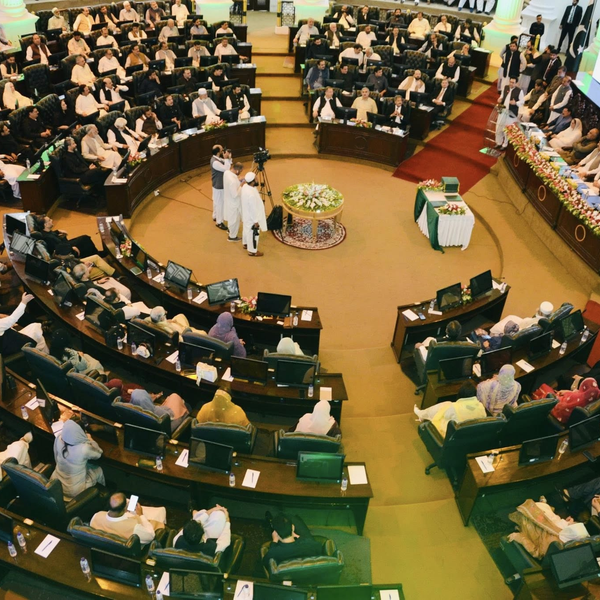PKR 467B surcharge collected from Pakistanis but theft, mismanagement, and blackouts still going strong
Expert says rising electricity costs are already straining household and industrial budget

Hammad Qureshi
Senior Producer / Correspondent
A business journalist with 18 years of experience, holding an MS in Finance from KU and a Google-certified Data Analyst. Expert in producing insightful business news content, combining financial knowledge with data-driven analysis.

Pakistani electricity consumers have paid over PKR 467 billion from July 2023 to May this year under the Power Holding Limited (PHL) surcharge, a levy originally introduced to manage interest payments on loans aimed at reducing the country’s mounting circular debt in the power sector.
Despite the staggering collections, experts say the government has failed to address core structural issues, including rampant electricity theft, poor performance of power distribution companies (DISCOs), and costly long-term power agreements.
Instead, the government has imposed an additional PKR 3.23 per unit surcharge in an effort to curb the ballooning debt.
As of now, the country’s circular debt stands at a massive PKR 2,300 billion, with the government recently borrowing PKR 1,275 billion from banks to manage part of this liability.
Javed Rehan, convener of the Energy Advisory Committee of the Federation of Pakistan Chambers of Commerce and Industry (FPCCI), criticized the move, saying the burden is unfairly falling on Karachi’s residents. “Most K-Electric consumers are paying their bills regularly,” Rehan noted.
“In fact, K-Electric’s recovery rate is better than other DISCOs.”
Rehan said that rising electricity costs are already straining household and industrial budgets. Worse yet, the recent budget removes the PHL surcharge cap, leaving the public open to unlimited future hikes.










Comments
See what people are discussing